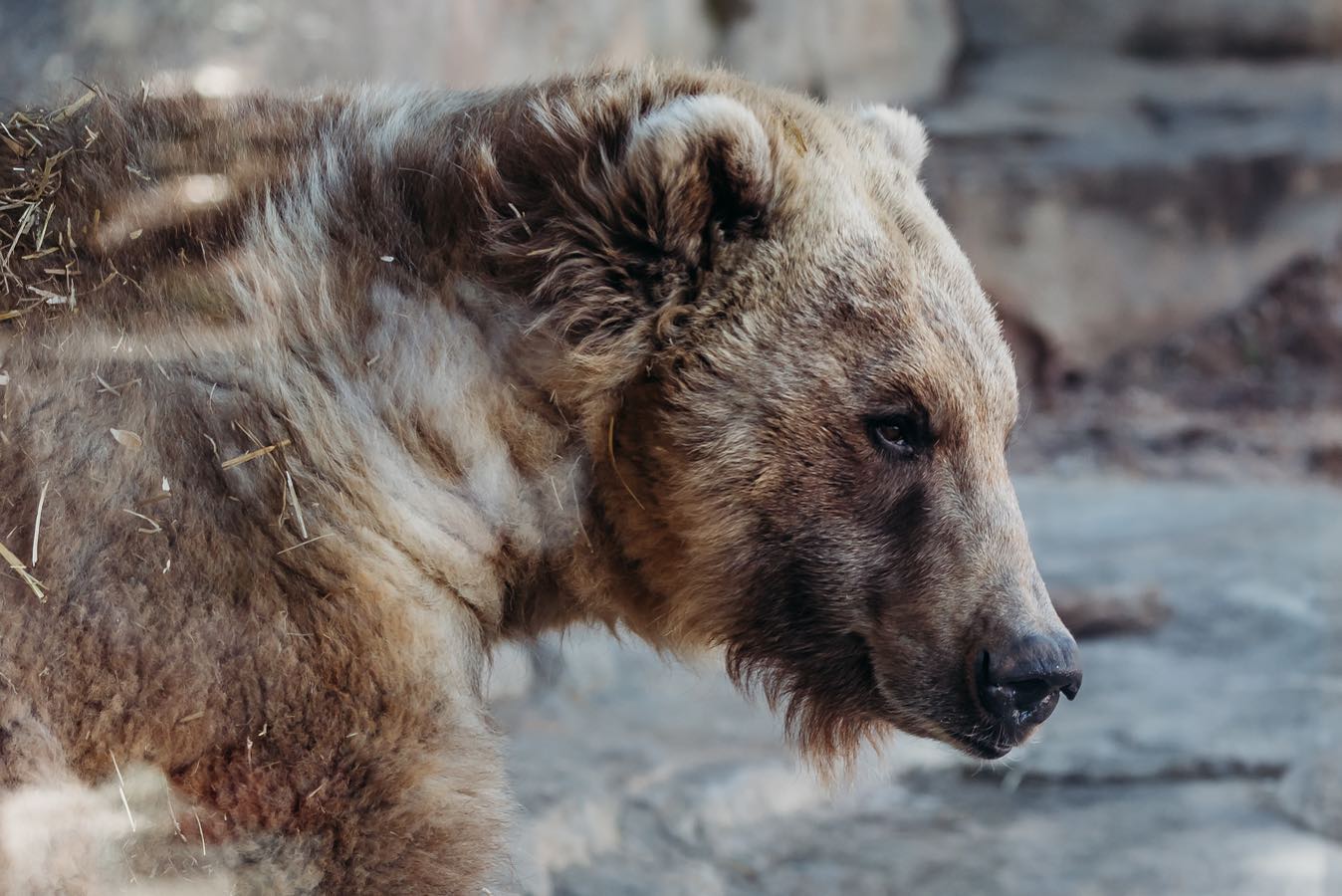– The wonder of animal adaptation: How animals like bears cope with the changing seasons.
– The cycle of torpor and hibernation: Understanding the biological processes and behaviors during winter.
– Seasonal changes at the Zoo: How animals’ routines adjust and what visitors can expect.
– The role of the Zoo in conservation and education: How winter behaviors are a learning opportunity.
As the landscape transitions to a wintry white and the daylight dwindles early, a certain lethargy seems to grip the hearts of many. Maybe you’ve noticed your energy waning as the cold envelops the outside world. If sleeping in seems increasingly attractive, take heart that this seasonal slowdown isn’t just a human phenomenon.
Visitors to the Zoo during the chillier times are in for a subdued but equally enriching experience. The animals you’ve come to love display unique responses to the wintry environment. Take, for instance, Butch the grizzly bear, a powerful creature of immense strength and yet, currently, a profound lover of long naps.
Butch, like his kind in the wild, is showcasing a behavior known as torpor. Unlike true hibernation, torpor is a period of decreased activity and metabolism, allowing animals like Butch to conserve energy when food is scarce and the climate is harsh. These incredible natural adaptations are not mere quirks but essential survival strategies perfected over millennia.
But why do bears like Butch and their wild relatives enter this state? It’s all about energy conservation. During the warmer months, these creatures must consume vast amounts of food to build up fat reserves. As the frost arrives and the abundance of food diminishes, their metabolisms slow down, making every calorie count.
Torpor in bears can be a fascinating spectacle. Their heart rate can drop from 40-70 beats per minute to 8-19. Breathing rates slow, too, and their body temperature can drop slightly, although not as drastically as animals in full hibernation. These remarkable changes allow the bear to use its stored fat as fuel throughout the winter.
Now, what about the lives of animals in the Zoo when winter looms? Facilities like ours make careful preparations for the changing needs of our residents. While animals like Butch require less food and become less active, other animals have different adaptations. Some species, especially those native to cold climates, might be more active and visible during winter. Our zookeepers adjust their routines to cater to these seasonal behaviors, ensuring each animal’s physiological and psychological needs are met.
The Zoo isn’t just about marveling at these creatures from afar; there is a critical role in education and conservation. Winter allows us to observe and learn about lesser-seen behaviors, like lethargy, providing guests with a deeper understanding of how animals survive in their natural habitats. This knowledge is particularly valuable as many of these species face environmental uncertainties due to climate change and habitat loss.
Let’s not forget that winter at the Zoo isn’t all about sleepy bears. Various events align with the need to stay active and embrace the season. Enrichment activities are designed to stimulate the animals physically and mentally. Enrichment can come from new toys, food puzzles, and environmental changes. Observing animals engaging with these tools is a genuine treat and a testament to the dedication of the Zoo to ensuring a high quality of life for its inhabitants.
Moreover, the seemingly quiet winter months are a bustling time behind the scenes. Zookeepers and staff are engaged in ongoing research, conservation projects, and preparing breeding programs for the spring. The data collected during the winter provides invaluable insights into animal health and behavior, aiding global efforts to protect these species.
Visitors to the Zoo can play an active role, too. The season can be an opportunity to participate in collaborative programs and learn more about how to contribute to wildlife conservation efforts. There are numerous avenues for involvement, from citizen science projects to educational talks.
As we consider our animal friends’ winter dormancy and survival strategies, it’s also an invitation for us to slow down and reflect. Watching Butch in his quiet repose amidst the backdrop of a frost-laden habitat is a gentle reminder of the rhythms of nature to which all life on this planet is attuned. It teaches us patience, resilience, and the importance of rest – relevant lessons in our fast-paced, human-centric world.
And so, the Zoo in winter becomes not just a place of observation but of connection. It’s where the boundaries between human and animal, culture and nature, begin to blur, and we recognize our shared journey through the seasons.
Butch will awaken from his slumber come spring, just as the trees will blossom and the days will stretch longer once more. His season of rest will transition to one of activity—swimming, digging, and playfully grappling with his enrichment tools. This cyclical nature is a promise of renewal, a testament to the resilience of life, no matter the hardships faced.
In conclusion, the cold winter months and early sunsets invite us not to lament the dark and the cold but to find wonder in the quiet steadfastness of creatures like Butch. The Zoo might seem a little quieter, a touch sleepier, yet it is brimming with life’s continuing saga, offering lessons and inspirations from each den, enclosure, and exhibit. It’s where the dance of adaptation and survival plays out—subtly, magnificently—reminding us of the intricate beauty woven into the fabric of the natural world.
*****
Source Description
Do the cold winter months and early sunsets have you feeling extra sleepy? Well, you’re not alone! Guests visiting the Zoo this winter will notice Butch, the grizzly bear spending the majority of his time napping in his den or sleeping on his favorite truck tire. This is because he has entered a state called torpor, a natural occurrence for Butch and his wild bear counterparts. During this time of year, bears eat less and sleep more to conserve energy. Come spring, Butch will be back to his favorite hobbies—swimming and digging!🐻


